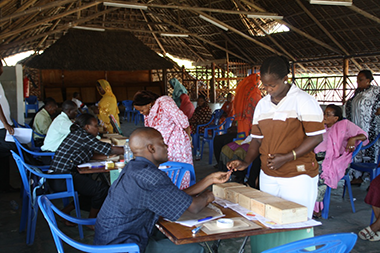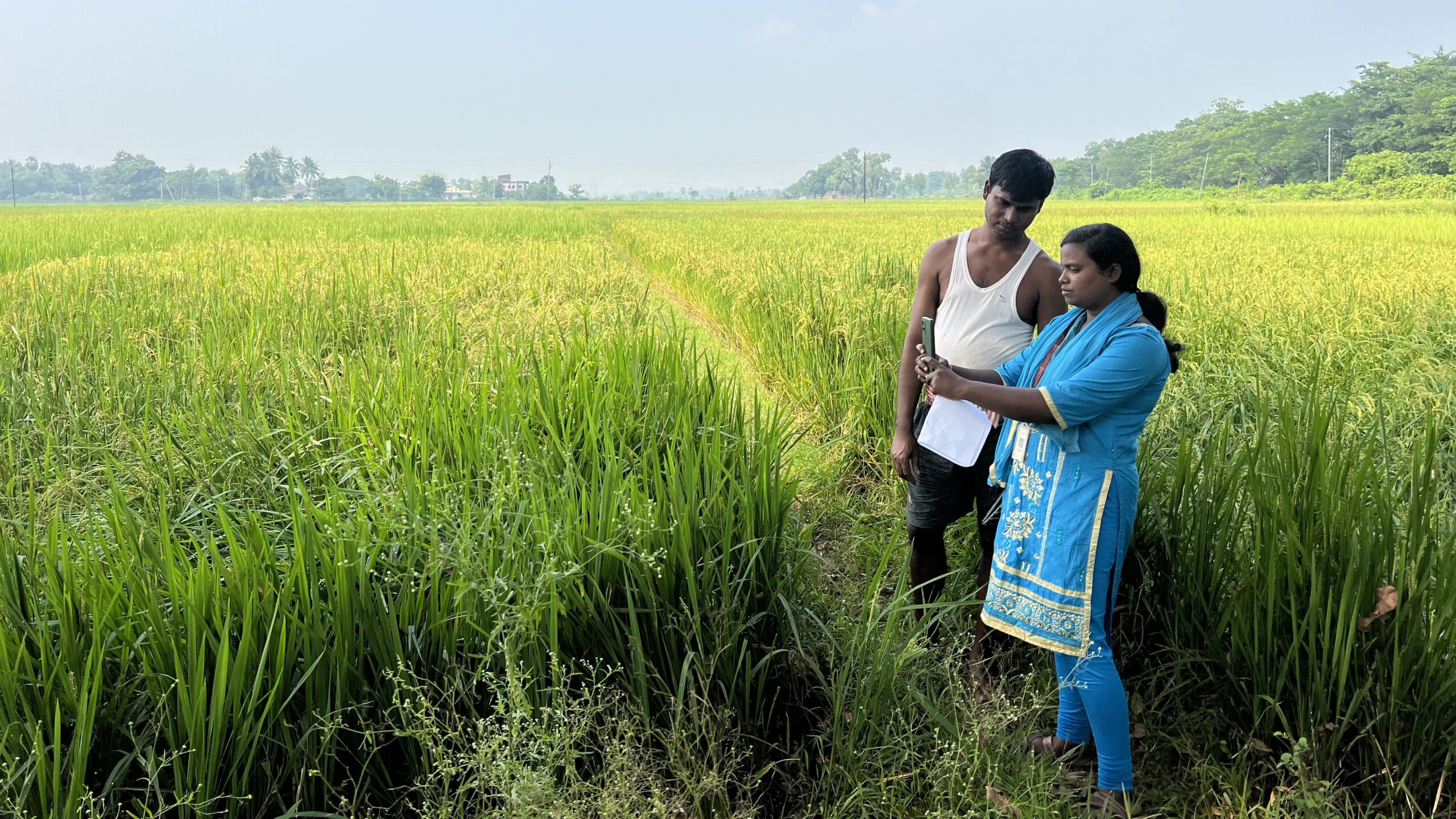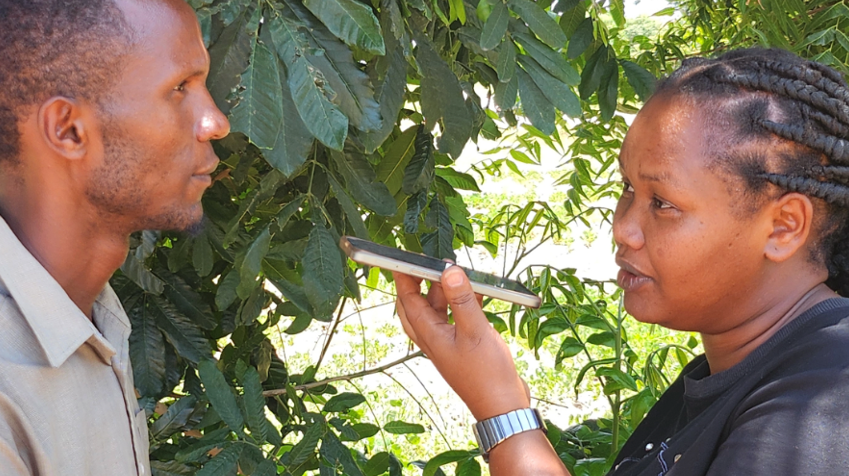Health expenditures are among the most pressing challenges for the poor. Without access to health insurance, an estimated 150 million people per year suffer financial hardship because they are forced to spend a large share of their incomes on health services out-of-pocket. And this is not only because of undernutrition and infectious diseases; cardiovascular disease (CVD) is now the main cause of death for adults in low- and middle-income countries. CVD and diabetes – a major risk factor for CVD – are therefore the focus of this year’s World Health Day. Making sure that the world’s most vulnerable populations have access to, and actually use, health insurance will play a key role in fighting these global health risks.
Insurance providers are typically hesitant to expand insurance coverage for CVD and diabetes to the poor, due to high costs, low enrollment, and fears of adverse selection, meaning that the few who do enroll are individuals who expect to use a lot of health care (for instance, because they have diabetes or are at a high risk of developing CVD). Microfinance institutions (MFIs) have tried to step in and fill the insurance gap by offering health insurance in combination with microfinance loans, but voluntary take-up of these programs remains low and in one case, mandatory enrollment even reduced clients’ willingness to renew their microfinance loans.
In a forthcoming article in the Journal of Economic Behavior and Organization, IFPRI Associate Research Fellow Berber Kramer and Wendy Janssens of the Tinbergen Institute examine how voluntary take-up of insurance products provided by MFIs can be improved. The authors argue that demand for individual insurance remains low in part because MFI clients borrow in groups and contribute for fellow peers who cannot repay their loans when they fall ill. In theory, this creates a social dilemma – it is in the interest of the group that all group members take insurance because this protects everyone’s income from shocks, but individually, clients are tempted to “free-ride” by not taking insurance and instead relying on contributions from group members when they fall ill. Such free-riding can be prevented by offering a group insurance policy in which either everyone enrolls or no one can enroll,; if full group enrollment optimizes group welfare, the group should unanimously agree (and will thus be bound) to enroll in health insurance. In that case, making enrollment a group-level decision instead of an individual choice will improve take-up of health insurance.
The study tests this theory by playing a public goods game framed as a health insurance decision with MFI clients in Dar es Salaam, Tanzania. Participants were assigned to five-member groups and had to contribute money for uninsured peers who fell ill and could not repay their loan themselves. The experiment varied whether participants were offered individual or group insurance to cover their health expenditures. The group insurance option required participants to make a unanimous decision to enroll in the program and without unanimous agreement, nobody in the group would enroll. The individual insurance option allowed participants to opt in or out of the insurance product regardless of the decisions of their group members. The experiment also varied whether participants could communicate prior to the insurance decision, so that participants could signal their intentions, exert peer pressure, and reinforce social norms. Participants played the game repeatedly with the same group, and after every round, group members were informed about who in their group took insurance, who was ill, and for whom they needed to contribute.
The study finds evidence of a social dilemma, especially among less risk-averse participants. Among participants who were highly risk-averse, willingness to enroll in group insurance was 95.6 percent and willingness to enroll in individual insurance was 91.6 percent. Among less risk-averse participants, however, 81.7 percent enrolled when offered group insurance, whereas only 47.4 did so when offered the individual insurance option. Interestingly, more risk-averse participants were willing to enroll in individual insurance even when they knew that some of their peers were not going to enroll, meaning that these participants tolerated a certain amount of free-riding.
Free-riding persisted even when group members were allowed to communicate, also when participants repeatedly expressed their frustration with the free-rider in their group. For instance, free-riding continued after one group member said, “We all agreed from the start that we take health insurance but one person betrayed us. It is nothing but greed. He fell sick and now we have to contribute for him.”
However, when allowed to communicate, more risk-averse participants not only exerted pressure on their peers to enroll, they also signaled that they were going to enroll themselves and that they would be able to contribute for uninsured ill peers. This, in turn, reinforced less risk-averse participants’ belief that they could free-ride at little cost.
The finding that low take-up of individual insurance is in part explained by free-riding can help MFIs find better ways to offer their insurance products. Instead of offering mandatory health insurance or voluntary individual health insurance, they can potentially improve demand for insurance by making enrollment a decision at the credit group-level and by enrolling either all or no group members. And the role that group insurance programs can play in increasing overall insurance uptake is not only relevant for MFIs; offering voluntary group insurance may also help increase health insurance coverage in rural producer groups or cooperatives, for example.
Of course, although the public goods game mimicked the MFI environment as closely as possible, there are too many features outside the lab to be all modeled in a game. One question for future research is whether group versus individual insurance affects the composition of the credit group. For instance, when offered group insurance, clients who would like to have health insurance may sort into groups with like-minded clients. Another question is whether group insurance can help reduce adverse selection. By enrolling an entire group – including members of different health status – insurance providers may be able to limit adverse selection on chronic conditions such as diabetes, which will help them keep their insurance premiums low. In this way, they can expand insurance coverage and treatment of diseases like diabetes to a larger population, including those who need it most, so that we get one step closer to the objectives of this year’s World Health Day.







